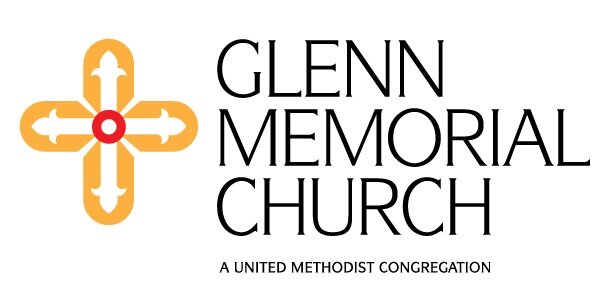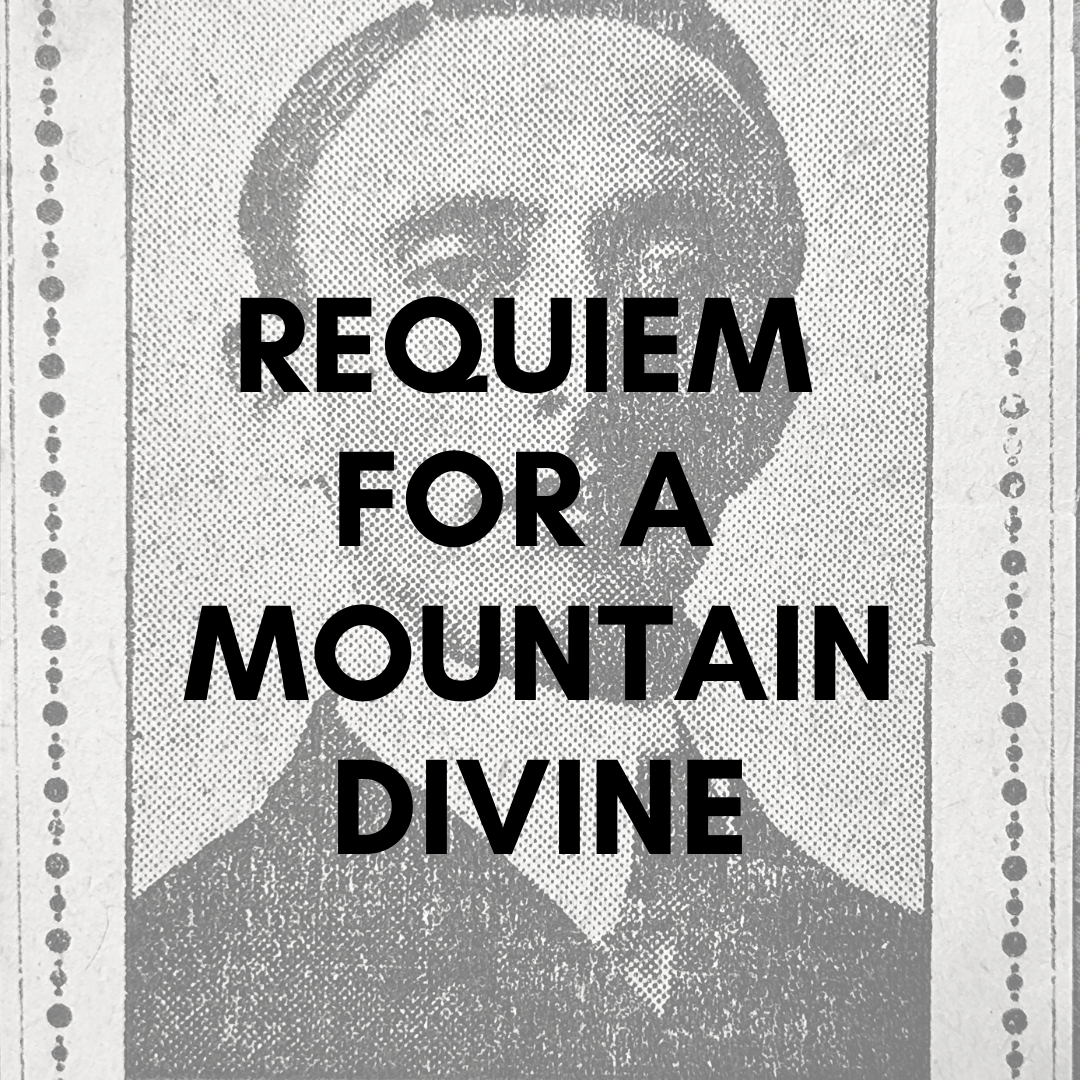This is not a typical column for me, not very pastoral or even preachy. Instead, I want to invite you to consider a small newspaper clipping, two double headstones in a country cemetery, and four people you’ve probably never heard of. If you’re looking for high drama, this isn’t the tale for you, but if you want to ponder for a moment a moment in time and how our stories unfold through generations, then take a few minutes as you shelter in place, and join me.
First, the clipping. I found it among the many historical tidbits gathered by my father through the years. There was no date, just a photo of a young man whose pose was almost as stiff as his collar, accompanied by the short caption, “Rev. J. L. Anderson: The Methodist Minister of Ellijay Who Was Recently Drowned and Whose Body Is Still Missing.”
They had me at “Methodist Minister of ElIijay.” So, I did a little hunting and learned at least part of the story of the mountain preacher who died too young.
In February 1905, 25-year-old John L. Anderson was a Methodist preacher serving four small mountain churches in Gilmer County (Interestingly, the churches were affiliated with the northern Methodist Episcopal Church, not, as were most Georgia churches, the M.E. Church, South). During the week, Anderson also taught and served as principal of the Oakland Academy in rural Gilmer County. His wife of less than a year, Adella Brown Anderson, was a teacher there, too, but she was home now, awaiting the birth of their first child.
Early on a Monday morning, February 20, Anderson left his home and headed on horseback toward the school. He never arrived.
In a story headlined “Divine Drowns in the Cartecay,” The Atlanta Constitution reported that Anderson’s horse was found later that morning riderless near the ford of the rain-swollen Owltown Creek, “snagged on the shoulder, very wet [with] sand in his mane and ears.” One of Anderson’s gloves was in the creek, and an overcoat was found farther downstream where the creek meets with the larger Cartecay River, but there was nothing more. Despite the efforts of a 100-man search party, Anderson’s body remained lost. Did the horse lose its footing in the swift water? Did it bolt? Did Anderson fall from his mount in the dim light of early morning? There were no answers for Adella, who, 10 days later, gave birth to a son.
In late April, a young boy checking his trout line in Shippen’s millpond was shocked to find a corpse lodged against a log. According to the local Ellijay Courier, the clothing and items found on the body identified the deceased as John. There was a bruise on the side of his head, probably caused by his horse’s hoof, and the watch in his pocket had stopped at 6:55.
After an inquest, the Courier continued, “a nice coffin was procured and the remains were given a decent, Christian burial at the Jarrett cemetery.” The writer didn’t stop there, however, adding, with righteous flourish, that “the positive identification by a legal inquiry will forever set at rest the surmise and false, calumnious reports that were crawling from mouth in certain quarters like slimy snakes in a pond of filth.” You and I can only guess the kinds of rumors that circulated after the young preacher’s disappearance, but I imagine the writer nodded with satisfaction upon penning that comment, and I’d like to think some folks in town nodded in embarrassment upon reading it.
So far, I have found little about Adella Anderson’s life beyond John’s death. I do know she lived many years as a widow, dying at age 90 in Phillipsburg, New Jersey. Why she was in New Jersey, I don’t know—extended family?—but her body was returned to Ellijay and buried beside John in the Jarrett Cemetery.
We know more about Adella’s son, John Lonzo Anderson, the child born 10 days after his father’s death, and in his story I believe we see the influence of his mother the teacher. John Lonzo graduated from Harvard University in 1928 and wrote several children’s books, as well as a 1975 novel, Night of the Silent Drums. Born of his lifelong fascination with the Virgin Islands, Night is a fictional account of an actual slave rebellion in 1733. In researching the book, Lonzo learned to read nine languages.
In 1953, to mark the 25th anniversary of their graduation, Lonzo’s Harvard class published a 1000-page (!) book of remembrances and updates. Lonzo kept his submission simple, describing his post-Harvard life as “nothing that would be of interest to the Class. I belong to no organizations and hold no offices, titles, or honorary degrees. I have remained, as nearly as I could manage it, a complete free-lance, and I have had a wonderful time.” You’ve got to like the guy. Lonzo went on to describe his wife, Dean, as “my twin … an artist” and a fellow free-lancer.
Adrienne “Dean” Adams was a fine artist indeed, enjoying considerable success as an illustrator, mainly of children’s books (You can find some fine examples of her work online). She was twice a runner-up for the Caldecott Medal. Born in Fort Smith, Arkansas, a year after Lonzo, Dean studied at the University of Missouri and the New York School of Design. She and Lonzo married in 1935. I picture them as two kindred bohemian spirits, enjoying life and creating beauty. The Halloween Party, one of the children’s books they produced together, begins this way:
Faraday Folsom was on his way to the Halloween party at the artichoke farm. It felt funny being
inside a costume.
Suddenly two figures flew between him and the moon. Two witches!
Faraday Folsom was afraid to leave the road and follow the witches—so he did.
Dean and Lonzo had no children but the children touched by their work, and those were many. Lonzo died in 1993 in San Marcos, Texas, and Dean lived on to see a new millennium, passing from this world in Rolla, Missouri in 2002 at age 96. Lonzo and Dean now rest with John and Adella in the Jarrett Cemetery.
And so a family ends with two double headstones in a country cemetery. But now, holding a few pieces of their stories, we remember. “Let us now praise famous folks, our ancestors in their generations.”
The air we breathe is thick with stories.
In Christ,
Rev. Mark Westmoreland


